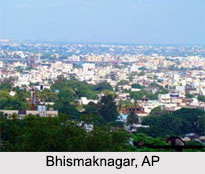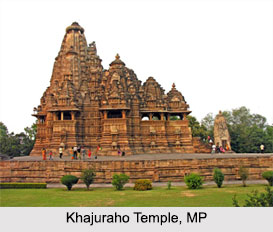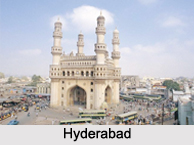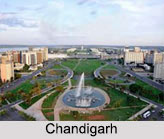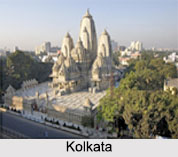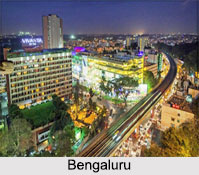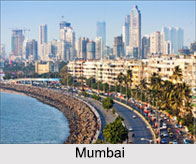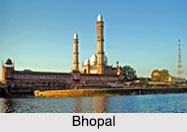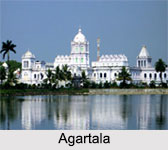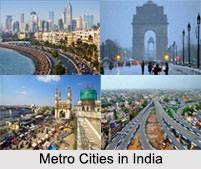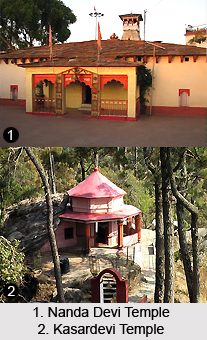 Pilgrimage tourism in Almora has made the city popular not only among the devotees but also among the adventure lovers. Almora is a 500-year old city and it was built in the year 1563. Pilgrimage tourism has developed in Almora as there are numerous temples and other religious places. In fact, it is famous for being the city of temples, the centre of the Hindu civilization, part of the Himalayas, the abode of Lord Shiva and the birth place of many spiritual and religious thinkers. Beside these, several religious fairs and festivals are organised as a part of sacred merriment. Almora is also called a town of temples. The temple of Goddess Nanda Devi is situated in the centre of the town which is an important place of visit.
Pilgrimage tourism in Almora has made the city popular not only among the devotees but also among the adventure lovers. Almora is a 500-year old city and it was built in the year 1563. Pilgrimage tourism has developed in Almora as there are numerous temples and other religious places. In fact, it is famous for being the city of temples, the centre of the Hindu civilization, part of the Himalayas, the abode of Lord Shiva and the birth place of many spiritual and religious thinkers. Beside these, several religious fairs and festivals are organised as a part of sacred merriment. Almora is also called a town of temples. The temple of Goddess Nanda Devi is situated in the centre of the town which is an important place of visit.
Pilgrimage tourism in Almora includes a trek to the nearby Kasardevi temple and Vivekananda cave or a drive to the Chittai Golu Devta temple with its thousands of bell chimes for a person with a spiritually bent of mind. A trip to the Katarmal Sun temple complex which is 800-years old with its nearly 50 stone temples can be an experience, unforgettable. A visit to the Jageshwar Shrines which is famous for its `Jyotirling` provides an added experience. Katarmal Sun Temple is yet another important pilgrimage spot which also offers an astounding view of the snow capped higher peaks of the Himalayas.
The temples at Almora are divided into two major groups, Shaivite temples and Vaishnavite temples. Shaivite temples include the temples that are dedicated to female form of Shiva. Pilgrimage tourism in Almora revolves around these religious places of the city. Among the Shaivite temples, Tripura Sundari, Udyot Chandeshwer and Parbateshwer were erected in 1688, after the victory of Udyot Chand, who ruled Almora during that period. The temple of Parbateshwara was established by the then rulers of Almora, Dip Chand in 1760 and was renamed Dipchandeshwar. This temple in present times became famous as the Nanda Devi temple. Besides these, eight temples of Bhirava, a form of Siva, were put up during the reign of Gyan Chand. The temples of Kal Bhairava, Batuk Bhairav, Shah Bhairav, Garhi Bhairava, Anand Bhairava, Gaur Bhairava, Bal Bhairava and Khutkuniya Bhairava find preference. Among the Vaishnavite temples, Siddha Narsimha is the most important temple. Other main temples of the region are Raghunath temple and four temples dedicated to Lord Ganesh. The Nar Singh temple at Narsimha Bari is another Vaishnavite temple. The temples of Murli Manohar, Hanuman and Badreshwer also add to the significance of the holy places. A church, Budden Memorial Methodist finds importance as a pilgrim centre in the city.
Pilgrimage tourism in Almora is also associated with the fairs and festivals of city. The fairs and festivals are an expression of the religious social and the cultural group. Out of such fairs and festivals, the Nanda Devi Festival is the most important celebration. It is considered as the best known fair of the region. This fair also has historical significance as it was organised back in the days of Chand kings. The city is also famous for religious fairs and festivals such as Dusshera Festival Almora, Srikrishna Janmashtami Festival, Somnath Mela and Mahashivaratri Festivals.
